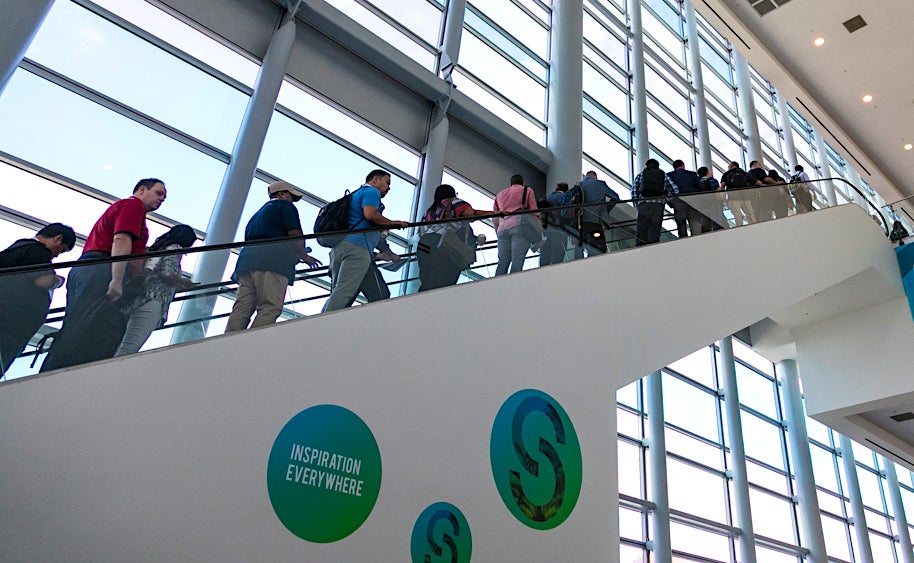Linus Torvalds released version 4.14 of the Linux kernel on Sunday, Nov. 12 — which was a week later than expected. The delay was due to some reverts that would have made the projected Nov. 5 release too early.
One of the unsettling reverts was regarding an AppArmor patch that was causing a regression, a big no-no according to Torvalds, who stated the first rule of Linux kernel development: “we don’t cause regressions.” After some back and forth, Linus reverted the offending commit himself and the problem was temporarily solved.
And now the new kernel is here: Linux 4.14 is the 2017 Long-Term Stable (LTS) release of the kernel and will be supported for about two years. Greg Kroah-Hartman made the announcement in his blog and added that he would be supporting 4.14 with stable kernel patch backports “unless it is a horrid release,” which, despite the delaying issues, doesn’t seem to be the case.
Something else that was pending and has finally been addressed in this kernel is the closing of in-tree kernel firmware. This will help better enforce placing firmware blobs in the linux-firmware.git repository. Before David Woodhouse created the Git repository, proprietary firmware blobs were submitted to an in-tree kernel firmware/ branch, but this branch has been dormant for years. Deleting it gets rid of any ambiguity and lightens the kernel load by some 100,000 lines.
Zstd/Zstandard is also something new that has been integrated into kernel 4.14. Zstd is a compression technology for filesystems that achieves similar compression ratios to zlib, but is much faster. Zstd was originally developed at Facebook and has already been tested extensively in production environments.
Other stuff that’s new in kernel 4.14
-
A virtual machine shake-up has led to improvements in speed and performance of KVM, Xen, and Microsoft’s Hyper-V. Interestingly enough, in the case of latter, most changes have not come from Redmond, but from Red Hat engineers.
-
The Raspberry Pi now has HDMI CEC support built into the mainline kernel. CEC, or “Consumer Electronics Control” allows users to control devices over HDMI using a single controller — think using a remote to control your Pi, but that can also be used to control a TV connected to your Pi.
-
Several fixes to EFI support ensures that reboots are handled correctly and, by enabling the wiping of RAM after a warm reboot, that they are now more secure.
To find out more, check out the writeups at Kernel Newbies and Phoronix.
You can learn more about the Linux kernel development process and read featured developer profiles in the new 2017 Linux Kernel Development Report. Download the free report now.



